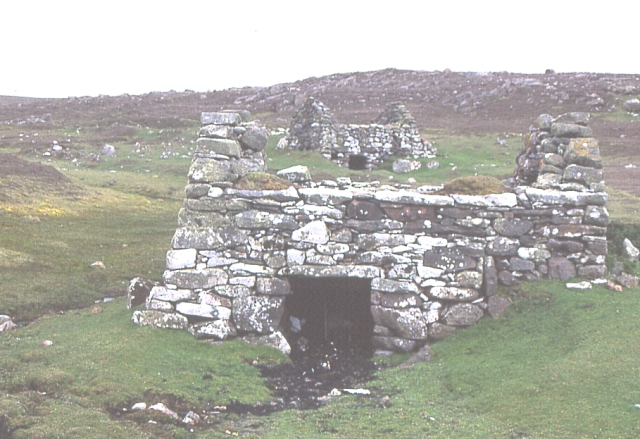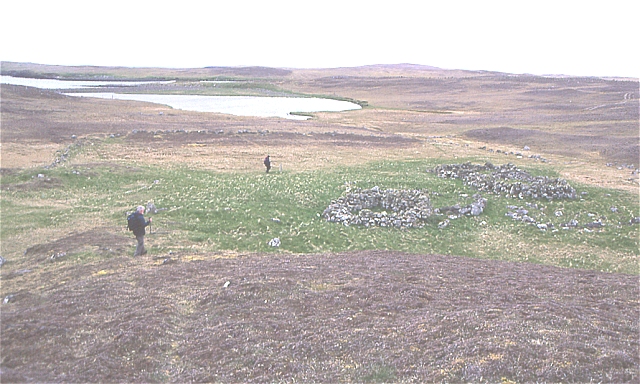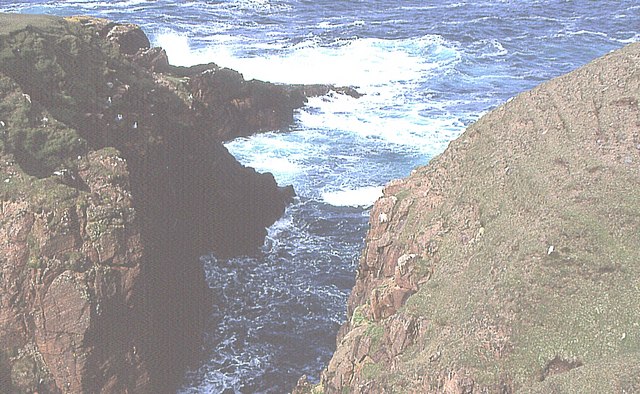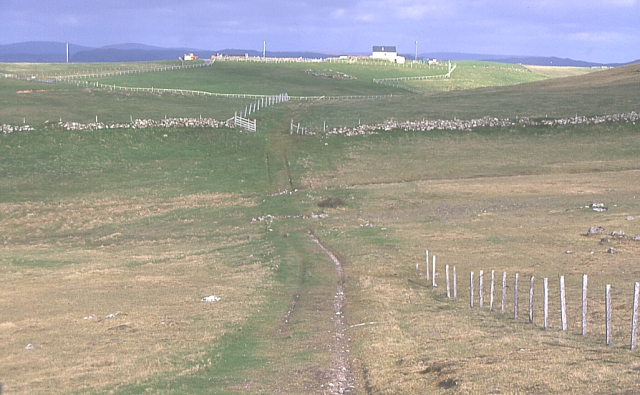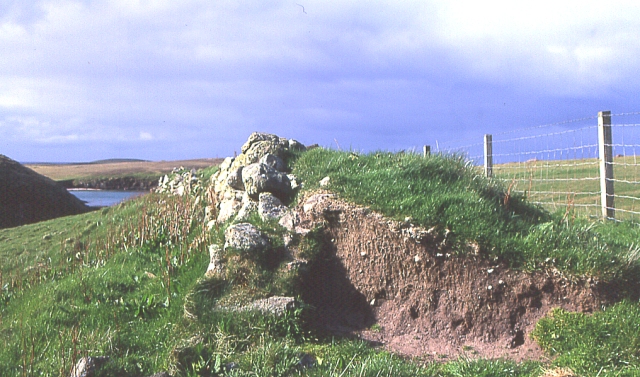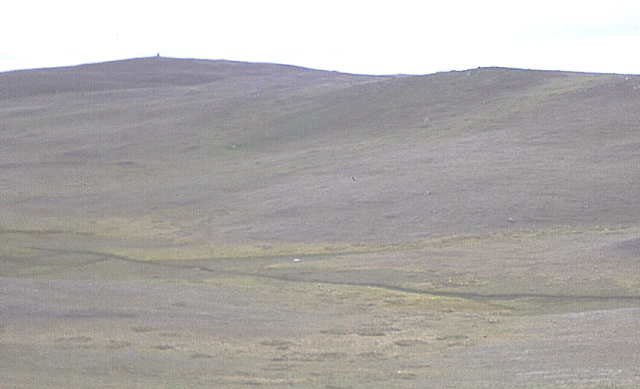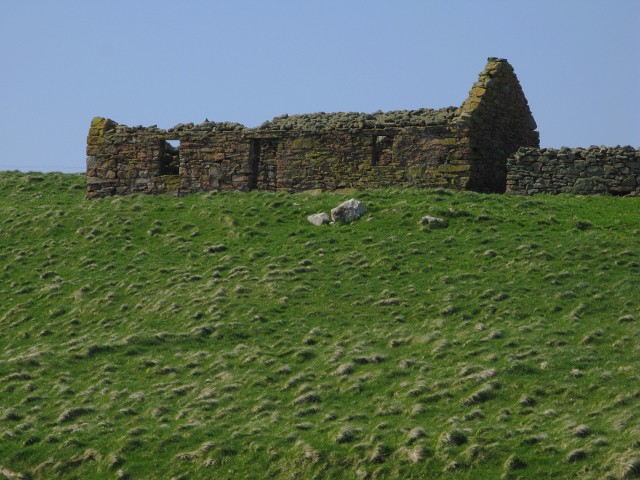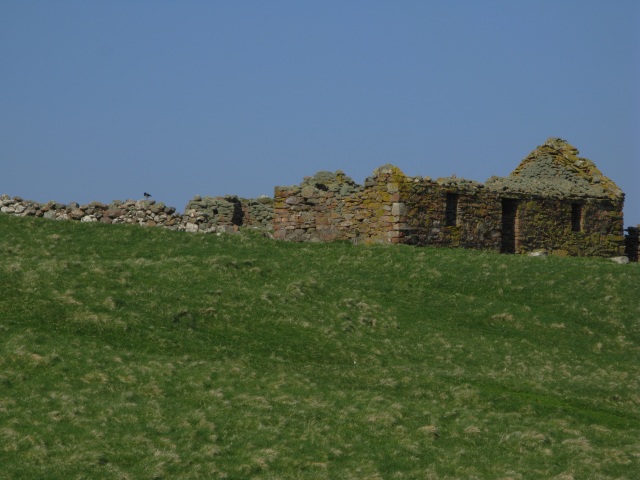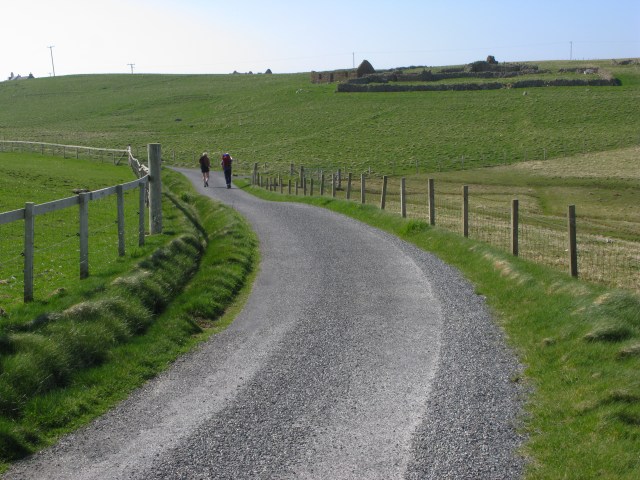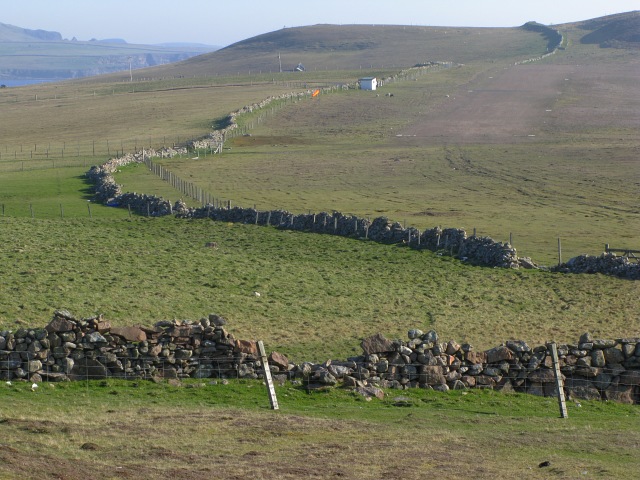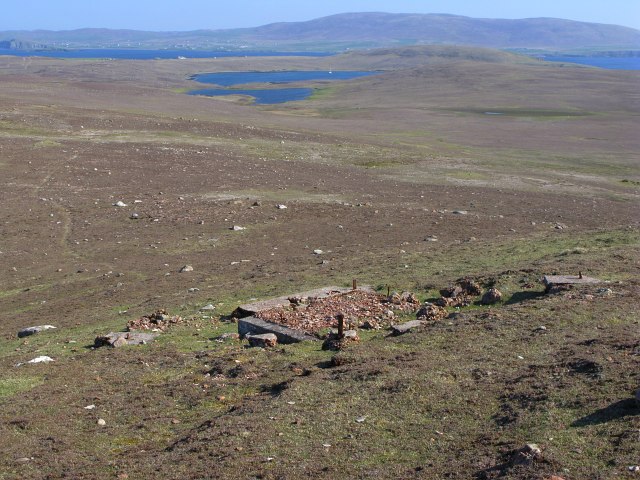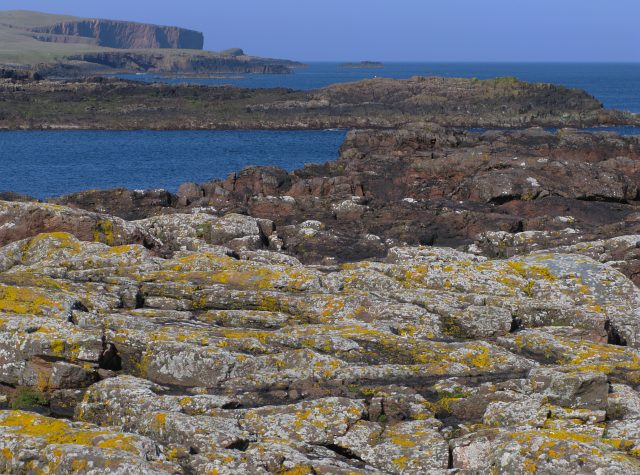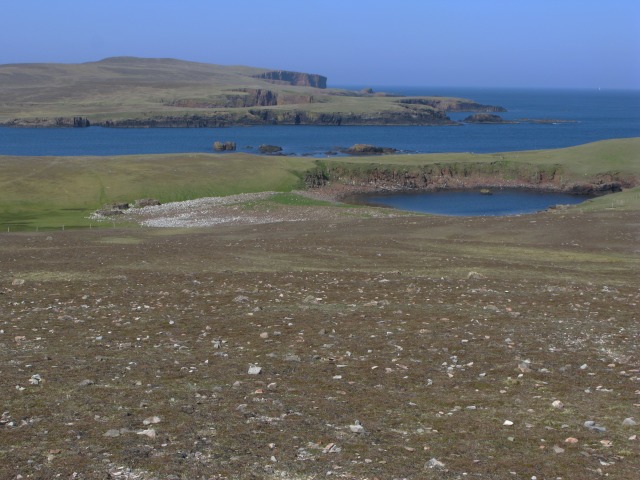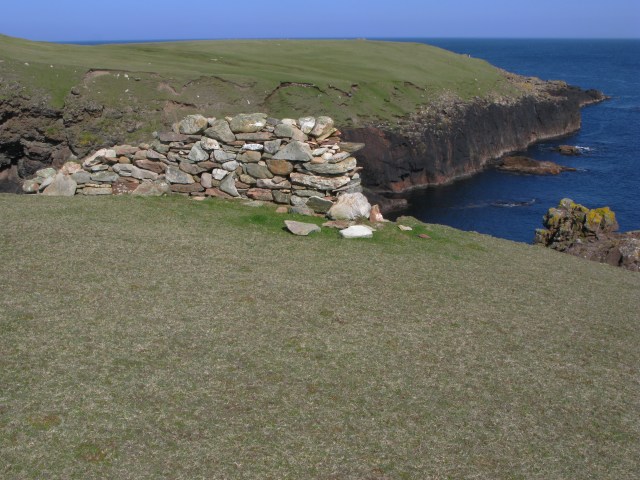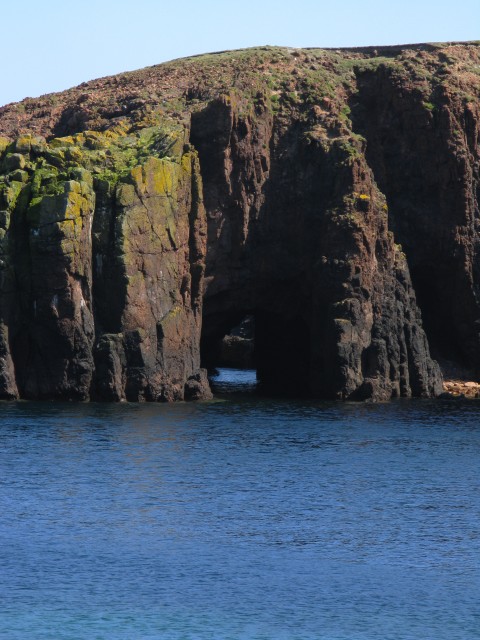Dil Geo
Coastal Feature, Headland, Point in Shetland
Scotland
Dil Geo
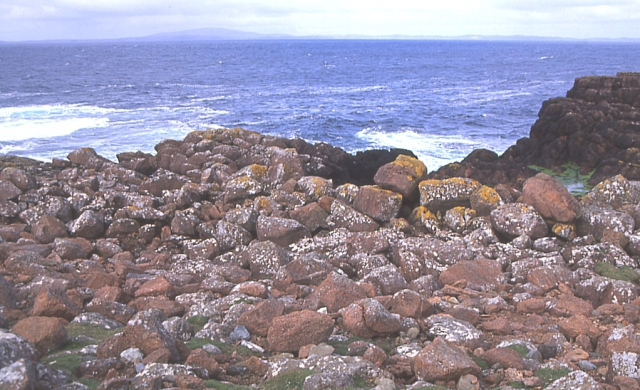
Dil Geo is a coastal feature located in the Shetland Islands, which are situated off the northeast coast of Scotland. Specifically, it is found on the mainland of Shetland, near the village of Eshaness. Dil Geo is classified as a headland or a point, depending on the specific definition used.
Dil Geo is characterized by its stunning cliffs and rugged coastline, which are typical of the Shetland Islands. The cliffs at Dil Geo are composed of layered rock formations, showcasing the geological history of the area. These cliffs rise dramatically from the sea, creating a picturesque and dramatic landscape.
The headland is known for its natural arch, which has been formed by the relentless force of the waves eroding the rock over thousands of years. This arch adds to the dramatic beauty of Dil Geo and attracts visitors who come to admire its natural wonders.
In addition to its natural beauty, Dil Geo is home to a variety of seabirds, including puffins, fulmars, and guillemots. These birds nest on the cliffs and can be observed in their natural habitat.
Dil Geo is a popular tourist destination, with visitors coming to enjoy the breathtaking views, explore the surrounding coastline, and observe the diverse wildlife. The area is also a favorite spot for photographers, as the cliffs and arch provide excellent opportunities for capturing stunning shots.
Overall, Dil Geo is a captivating coastal feature in the Shetland Islands, offering visitors a glimpse of the region's geological history, diverse wildlife, and breathtaking scenery.
If you have any feedback on the listing, please let us know in the comments section below.
Dil Geo Images
Images are sourced within 2km of 60.343773/-1.6991155 or Grid Reference HU1662. Thanks to Geograph Open Source API. All images are credited.
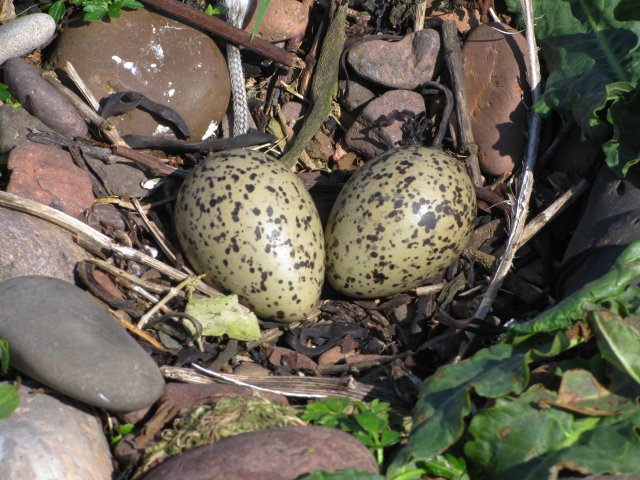
Dil Geo is located at Grid Ref: HU1662 (Lat: 60.343773, Lng: -1.6991155)
Unitary Authority: Shetland Islands
Police Authority: Highlands and Islands
What 3 Words
///year.diver.porridge. Near Walls, Shetland Islands
Nearby Locations
Related Wikis
Papa Stour
Papa Stour (Scots: Papa Stour) is one of the Shetland Islands in Scotland, with a population of under fifteen people, some of whom immigrated after an...
Biggings
Biggings is a village on the island of Papa Stour, in Shetland, Scotland. Papa Stour's church is situated at the south of Biggings. A homestead of Duke...
Maiden Stack
The Maiden Stack or Frau Stack is a tiny stack in the western Shetland Islands to the north of Brei Holm and east of Housa Voe in Papa Stour. It is so...
Brei Holm
Brei Holm is a tiny tidal islet in the western Shetland Islands. It is due east of Papa Stour, to which it is connected at low tide, just outside Housa...
Have you been to Dil Geo?
Leave your review of Dil Geo below (or comments, questions and feedback).
